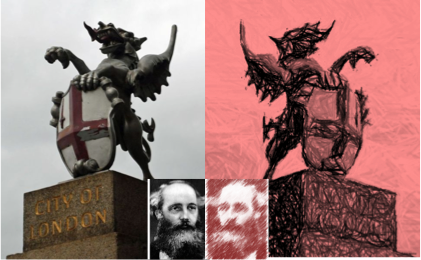Speaker
Dr
Mitsuhiro Kimura
(Universitaet Bern (CH))
Description
The AEgIS collaboration is planning to measure the gravitational acceleration of antihydrogen, the simplest atom consisting entirely of antimatter, with a precision of 1% as a first achievement. The experiment, based at the Antiproton Decelerator of CERN, provides important information for the development of a quantum theory of gravity.
The experimental setup consists of a nested penning trap and a Stark accelerator, which are used to form and accelerate a pulsed beam of antihydrogen atoms towards a gravity free-fall detector. In this region the beam passes through a moiré deflectometer, which allows the measurement of its vertical displacement, due to the gravitational force, by means of a hybrid position and time sensitive detector (less than 10 um spatial resolution, and 50 ns time resolution), registering the impact point of the anti-atoms and their time of flight.
Recently, a proof of principle study of the AEgIS detection system has been successfully conducted using a miniature copy of the moiré deflectometer coupled to an emulsion film detector. The displacement of the moiré pattern of an antiproton beam due to an electromagnetic field was measured, confirming the detection principle for the gravity measurement in the AEgIS experiment.
The talk will discuss the theoretical background, present the latest developments of the experimental setup and outline the AEgIS plans to achieve the above-mentioned precision.
Primary author
Dr
Mitsuhiro Kimura
(Universitaet Bern (CH))




